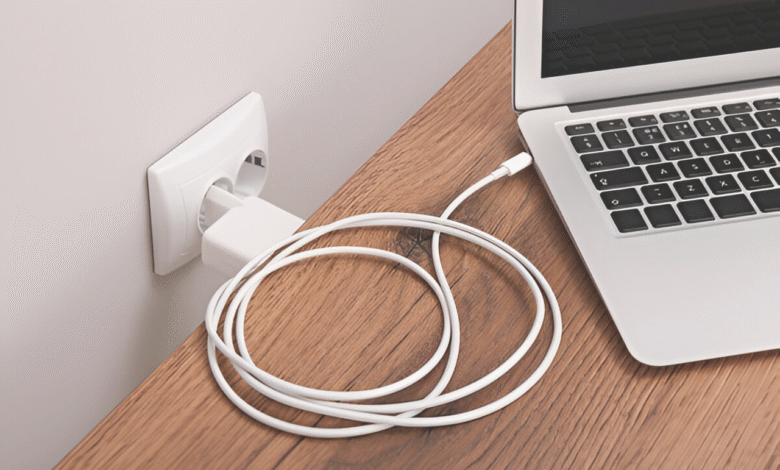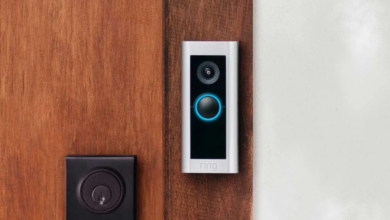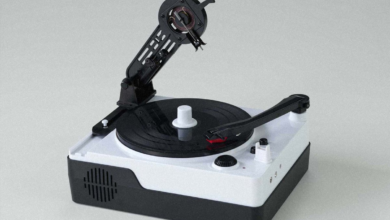
In today’s tech-driven world, fast charging has become essential for keeping our devices powered up quickly. However, not all charging cables are capable of delivering the speed and efficiency your smartphone, tablet, or laptop needs. Selecting the right fast charging cable requires understanding key factors like power delivery standards, connector types, and cable durability. This comprehensive guide will walk you through everything you need to know to make an informed choice, ensuring you get the fastest and safest charging experience possible. In our always-connected world, fast charging has evolved from a luxury to an absolute necessity.
The truth is, not all charging cables are created equal. A subpar cable might not only charge your devices slowly, but could potentially damage them over time. This guide will walk you through the essential factors to consider when selecting a fast charging cable, including compatibility, wattage support, and build quality, ensuring you get the fastest, safest charge every time. By understanding these key elements, you’ll be able to make an informed decision that keeps all your devices powered efficiently throughout the day. However, with so many options on the market from different connector types to varying power delivery standards – choosing the perfect cable can feel overwhelming.
How to Choose the Right Charging Cable for Fast Charging
Understanding Fast Charging Technology
Fast charging works by increasing the power output (measured in watts) to reduce the time it takes to charge your device. Standard charging typically provides 5W to 10W, while fast charging can deliver 18W to 100W or more, depending on the technology. The charging cable plays a crucial role in this process it must be capable of handling higher voltage and current without overheating or losing efficiency. Without a compatible fast charging cable, even the best charger won’t deliver optimal speeds.
Check Your Device’s Fast Charging Compatibility
Not all devices support the same fast charging standards. Some smartphones use USB Power Delivery (PD), while others rely on Qualcomm Quick Charge (QC), Samsung Adaptive Fast Charging, or OnePlus Warp Charge. Using the wrong charging cable can result in slower speeds or even prevent fast charging altogether. Always check your device’s specifications or manufacturer’s guidelines to confirm which fast charging protocol it supports before purchasing a cable.
Choose the Right Connector Type
The connector type directly impacts your fast charging experience. USB-C to USB-C cables offer the best performance, supporting high-wattage Power Delivery standards. Older USB-A to USB-C cables often limit charging speeds, while Lightning cables require Apple’s USB-C to Lightning for full-speed charging. Always match your cable’s connector to both your device’s port and your charger’s output. Using mismatched connectors can significantly reduce charging efficiency or prevent fast charging altogether.
Look for Certified Cables for Safety and Performance
Cheap, uncertified charging cables may not meet industry safety standards, leading to overheating, slow charging, or even device damage. Always opt for USB-IF certified cables (for USB-C) or MFi-certified cables (for Lightning). These certifications guarantee that the cable has been tested for power delivery, data transfer speeds, and durability. Investing in a certified fast charging cable ensures both performance and safety.
Match Your Device’s Charging Specifications
The most crucial factor is ensuring compatibility between your cable and device. Check your phone or laptop’s supported fast charging standard such as USB hardware Delivery, Quick Charge, or proprietary protocols like Samsung Super Fast Charging. The cable must support both your device’s input requirements and your charger’s output capabilities. Example a phone requiring 25W PD charging needs USB-C cable rated for at least 3A current.
Consider Cable Length and Durability
While a longer charging cable offers convenience, it can also lead to power loss, reducing fast charging efficiency. For the best results, a 3-foot 1-meter cable is ideal. Additionally, look for braided nylon or reinforced connectors, which enhance durability and prevent fraying. A high-quality fast charging cable should withstand daily use without compromising performance. Whether you’re powering up your smartphone before a meeting or quickly juicing up your laptop between classes.
Verify the Power Delivery (Wattage) Support
Different devices require different wattage levels for optimal fast charging performance. Smartphones typically need 18W to 30W, while tablets and some laptops require 45W to 65W. High-performance laptops and ultra-fast charging may demand 100W or more. Always check your device’s power requirements and ensure your charging cable supports the necessary wattage. Using an underpowered cable will result in slower charging, while an overpowered one is generally safe but unnecessary.
Prioritize Certified, High-Quality Construction
Invest in cables with official certifications (USB-IF for USB-C or MFi for Lightning) that guarantee proper power delivery and safety standards. Look for durable materials like braided nylon shielding and reinforced stress points near connectors. High-quality cables maintain stable power transfer without overheating, especially important for sustained fast charging. If the charging speed is significantly lower than expected, the cable may not be fully compatible with your device or charger.
Avoid Low-Quality, Unbranded Cables
Budget charging cables often cut corners on materials, leading to poor conductivity, overheating, and even short circuits. Reputable brands like Anker, Belkin, and UGREEN offer reliable fast charging cables that meet safety standards and provide consistent performance. Spending a little more on a quality cable can save you from potential hazards and frequent replacements. Low-cost charging cables may seem appealing, but they often lack proper insulation, leading to power loss, overheating, or short circuits.
Test Your Cable’s Charging Speed
After purchasing a fast charging cable, verify its performance using a wattage meter or an app like Ampere. If the charging speed is slower than expected, the cable may not be fully compatible with your device or charger. Testing helps ensure you’re getting the fast charging speeds you paid for. Once you’ve purchased a fast charging cable, test its speed using a wattage meter or an app like Ampere.
Read More: How to Enable End-to-End Encryption on Your Messaging Apps
Conclusion
Choosing the right fast charging cable is crucial for maximizing efficiency and protecting your devices. By considering factors like connector type, certification, wattage support, and durability, you can ensure a seamless and safe charging experience. Always opt for high-quality, certified cables from trusted brands to avoid potential risks. Whether you’re charging a smartphone, tablet, or laptop, following these guidelines will help you maximize fast charging performance and extend your device’s lifespan.
With the right charging cable, you can enjoy faster charging times, extended battery life, and peace of mind knowing your device is powered safely. Whether for smartphones, tablets, or laptops, following these guidelines will help you make the best choice for your fast charging needs. Investing in the right charging cable not only enhances convenience but also protects your device from potential damage.
FAQs
Can any USB-C cable support fast charging?
No, only USB-IF certified or high-wattage USB-C cables are designed for fast charging.
Does cable length affect charging speed?
Yes, longer cables may cause power loss, reducing fast charging efficiency.
Why does my fast charging cable stop working quickly?
Low-quality cables degrade faster due to poor materials always choose durable, braided cables.
Is wireless charging as fast as wired fast charging?
No, wireless charging is generally slower due to energy loss during transmission.
Can a cheap charging cable damage my phone?
Yes, uncertified cables can cause overheating, short circuits, or battery damage over time.











